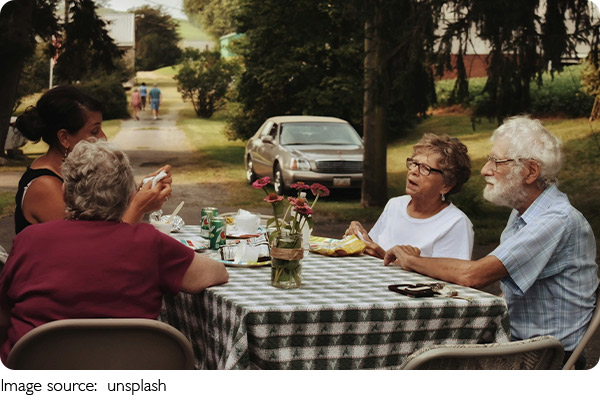Family Shapes Life

Have we ever paused to notice how much our family shapes who we are? From the way we greet each other at breakfast to how we spend holidays, every detail creates invisible rules we carry for life.
Family culture is more than routines—it’s the hidden foundation of our behavior, beliefs, and emotional security. Let’s dive in and explore how family culture influences us and why it matters so much for our children’s future.
What Is Family Culture?
Family culture is the set of values, traditions, and daily habits that define how a household functions. It shows in how we resolve conflicts, whether meals are shared or eaten separately, and how achievements are celebrated. Some families emphasize respect and patience, others encourage independence and creativity. These choices, repeated daily, become a culture that quietly shapes everyone within the family.
Why It Matters for Children
Children don’t just listen to what we say—they absorb what we do. A child growing up in a home where kindness and cooperation are practiced will naturally learn empathy and teamwork. On the other hand, if family life feels disorganized or disconnected, children may feel uncertain and lack a sense of belonging. A strong family culture offers stability, helps kids feel safe, and guides their behavior without endless reminders or scolding.
Everyday Scenes That Build Culture
Family culture is built not through lectures but through daily life. Four common scenes highlight this influence:
1. Dining culture – Sitting down for meals together, waiting until everyone is served, and sharing daily stories teach respect and connection.
2. Sports culture – Going for family walks, playing games, or joining weekend activities promotes health, teamwork, and persistence.
3. Tradition culture – Creating unique family rituals for birthdays, seasonal celebrations, or simple Sunday mornings builds identity and belonging.
4. Travel culture – Planning trips together, giving each member a role, and reflecting on experiences teach responsibility and curiosity.
Over time, these practices become invisible guidelines. Families that value harmony raise calmer children; families that value creativity encourage exploration. Culture becomes the silent teacher.

The Role of Reading Culture
Among all family practices, reading culture deserves special attention because it influences both learning and relationships.
- For young children, shared picture books build language and imagination.
- For school-age kids, reading develops reasoning, awareness, and responsibility.
- For teenagers, books provide comfort, inspiration, and safe ways to explore inner struggles.
Reading also deepens conversations. Instead of talking only about chores or schedules, families can discuss feelings, dreams, and ideas sparked by books. This creates stronger bonds and builds a shared “library of the heart,” where knowledge and values are carried together.
How to Strengthen Family Culture
Building culture doesn’t mean perfection—it means consistency and intention:
- Create rituals – Dinner at the same time, weekly family games, or bedtime stories.
- Celebrate traditions – Mark important days with meaningful customs, no matter how small.
- Choose values – Decide what matters most—kindness, resilience, curiosity—and live them daily.
- Stay steady – Predictable routines give children comfort and a sense of security.
Building Our Family Legacy
Family culture isn’t something we see directly, but we feel it every day. It teaches children who they are, what they believe, and how they treat others. The truth is, every family already has a culture—it’s just a matter of whether we’re shaping it with intention or letting it form by accident.
So here’s a question for us: if we could strengthen one part of our family culture today, would we start at the dining table, during a weekend walk, on a family trip, or through reading together? The choice we make now might just shape the future of our children—and the spirit of our family—for years to come.


